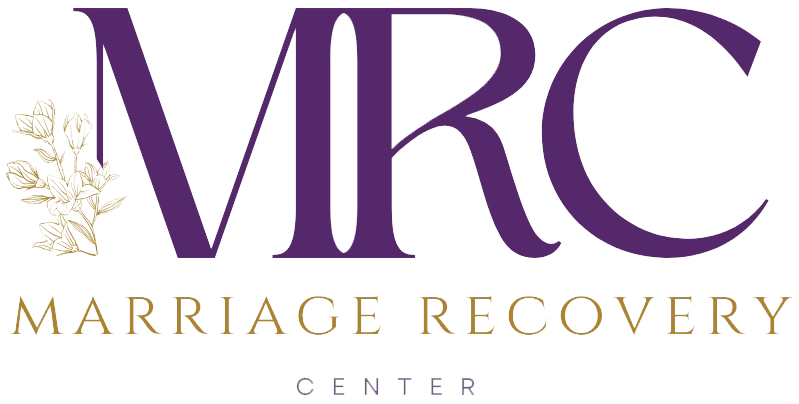Have you ever wondered why someone does the things they do? Are they intentionally trying to hurt you, or are they completely oblivious to how their actions affect you? Lee Kaufman and Sharmen Kimbrough explain what drives an emotionally abusive person. They look at things like the impact of trauma, brain function and lack of healthy role models, as well as what healing looks like for both the abuser and the victim.
What Drives an Emotionally Abusive Person?
Emotional abuse is a deeply damaging form of mistreatment that can have profound effects on individuals and relationships. It involves tactics such as manipulation, control, humiliation, and degradation, aimed at undermining the victim’s self-esteem and psychological well-being. In this article, we will explore the various factors that drive an emotionally abusive person.
By gaining insight into these dynamics, we can better understand the complexities of emotional abuse and work towards fostering healthier relationships.
Unresolved Wounds and Childhood Trauma
Emotional abuse often stems from unresolved wounds and childhood trauma experienced by the abuser. These painful experiences can shape their worldview, influence their perception of relationships, and impact their ability to form healthy emotional connections. It is crucial to recognize that this is not an excuse for abusive behavior, but rather an opportunity to address deep-rooted issues and break the cycle of abuse.
Insecurity and Control
Insecurity plays a significant role in driving emotionally abusive behavior. Abusers may feel threatened by their partner’s independence, success, or social connections, leading them to exert control and dominance. By manipulating and undermining their partner’s confidence, they attempt to maintain a sense of power and diminish their own feelings of inadequacy. Understanding the underlying insecurities can help address these issues in a constructive manner.
Narcissism and Entitlement
Some emotionally abusive individuals exhibit narcissistic traits, characterized by an inflated sense of self-importance and a lack of empathy for others. These individuals may view their partner as an extension of themselves and feel entitled to control and manipulate them. Recognizing and addressing narcissistic tendencies is crucial for promoting healthy and equitable relationships.
Patterns and Triggers
Emotionally abusive behavior often follows patterns, with certain triggers exacerbating negative behaviors. Identifying these patterns and triggers can help both the abuser and the victim gain awareness of the dynamics at play. By understanding the underlying causes and finding healthier alternatives for managing emotions, it becomes possible to break free from destructive cycles and create positive change.
Working towards Change
For the emotionally abusive individual who recognizes their harmful behavior and is willing to change, the path to transformation involves deep self-reflection and personal work. Engaging in individual therapy allows them to explore the root causes of their actions, develop healthier coping mechanisms, and practice new behaviors. This process may also involve addressing mental health issues or physical ailments that contribute to their actions.
Building Boundaries and Preserving Identity
For the partner of an emotionally abusive person, it is essential to maintain their own sense of self and establish clear boundaries. Setting limits on what is acceptable behavior and prioritizing their well-being becomes crucial for their own healing.
While it may be challenging, it is important to uphold core values, treat the abuser with empathy, and create a safe environment. Recognizing that change may not always be possible for the abusive partner is also essential, and the decision to separate or take a therapeutic separation should be considered if the relationship becomes irreparable.
Conclusion
Understanding the driving factors behind emotionally abusive behavior is essential for breaking the cycle and fostering healthy relationships. It is crucial to recognize that emotional abuse is never justified and should never be tolerated. By addressing unresolved wounds, insecurities, control issues, and patterns of behavior, individuals can embark on a journey of personal growth and transformation.
Creating boundaries, seeking therapy, and prioritizing self-care are important steps for victims and those seeking to change their abusive behaviors. By promoting empathy, compassion, and understanding, we can work towards building a society where emotionally abusive behavior has no place, and relationships are based on mutual respect and love.
To learn how we can help, reach out to us at (206) 219-0145 or info@marriagerecoverycenter.com to speak with a Client Care Specialist
Also read: How Couples Counseling can Help a Narcissist
About Dr. Hawkins:
The internet is inundated with hyperbole and misinformation about narcissism, leaving many people confused and hopeless. Get the facts on narcissism and emotional abuse from someone who has been researching, writing about and treating narcissism and emotional abuse for over a decade.
Dr. Hawkins is a best-selling author and clinical psychologist with over three decades of experience helping people break unhealthy patterns and build healthier relationships.
He is the founder and director of the Marriage Recovery Center and the Emotional Abuse Institute which offers education, training and counseling for people who want to break free of, and heal from, emotional abuse. Whether the perpetrator of the abuse is your spouse, partner, parent, boss, friend or family member, we offer practical advice for anyone trapped in a toxic, destructive relationship.
In addition to narcissism & emotional abuse, you’ll learn about the lesser known forms of abuse, including covert abuse, reactive abuse, spiritual abuse, secondary abuse, relationship trauma and much more.








